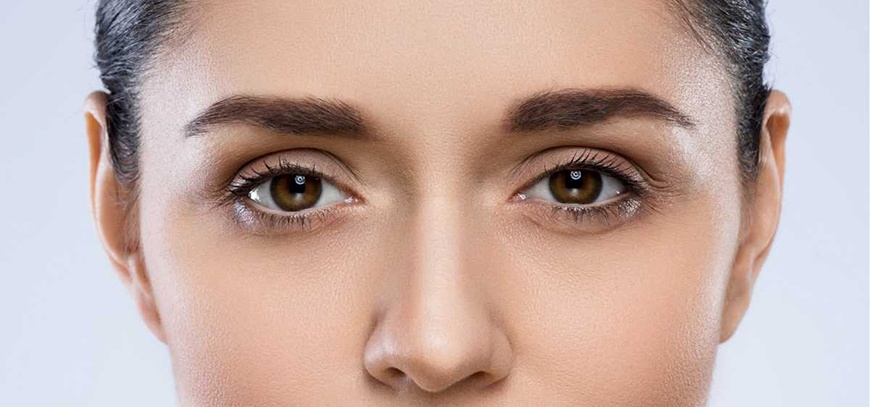Working Time
- Mon-Sat 10:00 – 19:00
Contact Info
-
+90 542 512 51 64
Ask the Experts
Eyebrow Transplant

Thin eyebrows went out of style years ago, but some of us are still stuck in the past and not by choice. Whether you over-tweezed in high school, are experiencing hair loss in your brow area due to age, alopecia, chemotherapy, or something else, chances are you’ve become quite dependent on that eyebrow pencil or gel.
When it comes to eyebrow growth serums, the reviews are mixed and results tend to only last as long as you use the products. Microblading only offers temporary results, comes with the risk of infection or allergy, and if not performed properly, can leave permanent scarring or disfigurement.
Fortunately, there’s another option that offers natural-looking and permanent results: Eyebrow Transplants. Performed by certified hair restoration professionals in Antalya, this popular procedure offers stellar results for our patients.
What is an Eyebrow Transplant
Much like a traditional hair transplant, an eyebrow transplant is a permanent, surgical procedure in which hair is taken from a donor site (think: the back of the head) and reharvested. In this case, it is transplanted to the eyebrow area.
Our DHI doctors are specialized in this technique so every gesture throughout the procedure is calculated and exact, making your brows a true work of art.
The Procedure
Prior to your Eyebrow Transplant, your hair restoration specialist will design and outline your desired eyebrow shape with a surgical marker. The doctor will take your feedback and aesthetic goals into consideration while planning your treatment.
Similar to the Hair Transplant procedure, the hair restoration surgeon will employ local anaesthetics to numb the area. The surgeon then extracts the hair follicles from the donor area and carefully grafts them into the recipient area.
Depending on how many hairs are going to be transplanted, the procedure can last anywhere between 3 to 5 hours. Accuracy and precision are the key to a successful eyebrow transplantation.
Our hair restoration doctors take great pride in their scrupulous approach in the placement of each individual follicular graft. They ensure every single hair has been placed in the correct direction, angle and orientation resulting in fuller, thicker and natural results. The procedure can involve the transplanting of 50 to as many as 500 grafts per eyebrow.
Eyebrow transplants are the best way to achieve permanent, three-dimensional eyebrows. With transplantation, your own hair is transferred typically from the back of the head to your brow region to create a new, fuller eyebrow. Hairs grow naturally and are permanent. Microblading, on the other hand, is a method by which pigment is used to create the appearance of hairs within the very outer layers of the skin. This process is not real hair, does not give a three-dimensional look, and tends to fade over time, so it’s a process that must be repeated to maintain results.
In general, most patients are appropriate candidates for the Eyebrow transplant. Because the best-quality donor hair is typically found on the back of the scalp, straight to slightly wavy hair is ideal for best results since very curly hair could translate to curl within the brows. Reasonable good medical condition is important to minimize the risk of complications. In addition, patients who have lost their eyebrow hairs as a result of genetics, over-plucking, or trauma are generally the best candidates. Patients with alopecia and other medical causes for hair loss are not typically good candidates and would need to be evaluated on an individual basis.
Most patients will only need to undergo the procedure once to achieve their goals. In some cases, such as in-patients who have scar tissue from traumatic injury or due to procedures like microblading and tattooing, a second procedure may be required. This is because scar tissue has reduced blood flow and some of the transplanted follicles may not “take” as well as when there is no scar tissue present. Many patients who have had microblading or tattooing of their eyebrows, however, do not require a second procedure.
